Paper manufacturers using virgin fibres for production can choose their fibres depending on paper or board quality to be produced, availability of fibre types from various sources, economical as well as ecological aspects. If they are producing their fibres by themselves, they have influence on the origin of the wood, wood species, wood quality and age. Fibres are treated during stock preparation according to the quality request of the paper or board to be produced. Additionally, they the can add the required quantity and quality of minerals as fillers to the final pulp slurry. In a nutshell, the producers have complete control of the raw material composition and the preparative processing.
In contrast, paper manufacturers using secondary fibre raw materials are only able to select the proper paper for recycling grade(s) for the production of a certain paper or board. In any case of secondary fibre treatment, impurities in paper for recycling (e.g. metal, plastics, wood) and non-paper material attached to paper products (e.g. adhesive applications, staples, plastic laminates) have to be removed from secondary fibre pulp. For certain paper grades the pulp should become bright. This requires an additional process for the removal of printing ink, named deinking, and the use of paper for recycling grades without grey/brown paper and board grades, so-called deinking grades. For almost mineral free secondary fibre pulp (for hygiene paper production), a washing process is required resulting in low yield values. For quality aspects secondary fibre pulp can be treated additionally by beating, dispersion or kneading. But compared to the manufacturer using virgin fibres, the user of paper for recycling has only small influence on the fibre composition and the level of inorganic materials in terms of minerals as fillers and pigments. In most of the paper for recycling grades according to EN 643 the description of grades characterises the containing former paper or board products or, especially in higher grades (group 3), a differentiation is made regarding wood-free grades (chemical pulp fibres), wood-containing grades (mixtures of chemical with mechanical pulp fibres), coated or uncoated grades as well as with or without adhesive applications and slightly or heavily printed.1 Only a very view grades indicate directly the fibre raw material of the paper for recycling grade, like 3.08.00 “printed bleached sulphate board” or 4.06.00 “used kraft”, indicating in both cases that the fibres are processed by a chemical sulphate pulping process, with bleaching in the case of 3.08.00. So, the users of paper for recycling have to treat normally an “unknown” fibre composition and mineral content by using grades from several different suppliers with different paper for recycling sorting plants and varying sources by their own experience. The only advantage is that the recycled fibre is an “experienced” one, having passed at least once a paper manufacturing process.
Paper for recycling is the most important fibre source for paper and board production today. With worldwide 2 249 million tons utilised paper for recycling in 2018 for paper and board production the percentage on total utilised fibre material was worldwide 58 %, in the CEPI 3 countries 49 million tons and 53 % and in Germany 2 15 million tons and 73 %, respectively. In the “European declaration on Paper Recycling” the CEPI members committed themselves to reach a recycling rate (ratio between used paper for recycling including net trade of paper for recycling, and paper and board consumption) of 74 % by 2020.4 In the Monitoring Report 2018 of EPRC 5 a recycling rate of 71.6 % was stated.
Good arguments for using recycled fibre are the limited virgin fibre resources, the lower amount of energy needed for producing paper from recycled fibres and a sustainable utilisation of this natural resource. But there are of course also limitations in paper recycling which have to be understood in order to optimise technological, economical and ecological aspects of paper recycling. These aspects will become even more important in future since the competition on biomass for different usages like construction material, raw material for biorefinery applications and for the production of energy is under way already.
In this chapter the effect of the recycled fibres on the paper production is discussed and insights are given into changes of the fibre structure, the cell wall properties and the bonding ability. Results of multiple recycling experiments are presented and the differences to mass balances based fibre age distributions are explained. The special demand of recycled fibre treatment on pulp characteristics is described in a separate section with respect to contaminants and process technology possibilities as well as the effects of recycled fibre furnish in papermaking. Finally, the challenges of increasing recycled fibre utilisation are explained.
Case
-
 Five Continents Special Paper 450,000 tons packaging paper Project
Five Continents Special Paper 450,000 tons packaging paper Project
-
 The i-CTMP High Yield Pulping Production line of Shan Ying
The i-CTMP High Yield Pulping Production line of Shan Ying
-
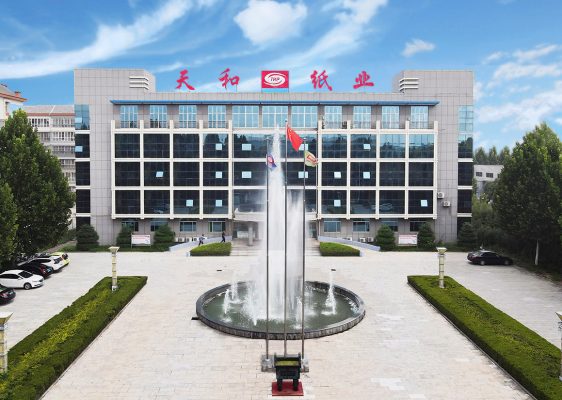 Shandong Tianhe i-BCTMP pulping line upgrade project
Shandong Tianhe i-BCTMP pulping line upgrade project
-
 Guangxi Sun Cultural Paper
Guangxi Sun Cultural Paper
-
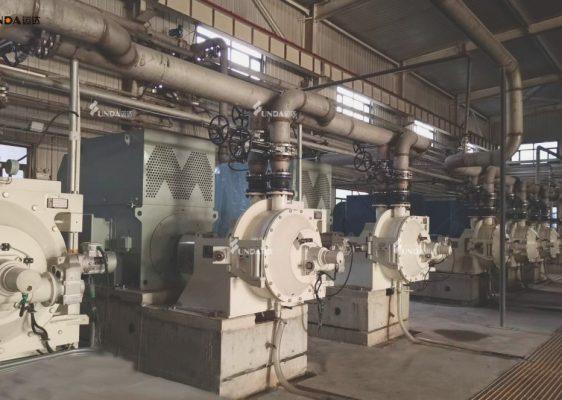 Qianan Boda Cultural Paper
Qianan Boda Cultural Paper
-
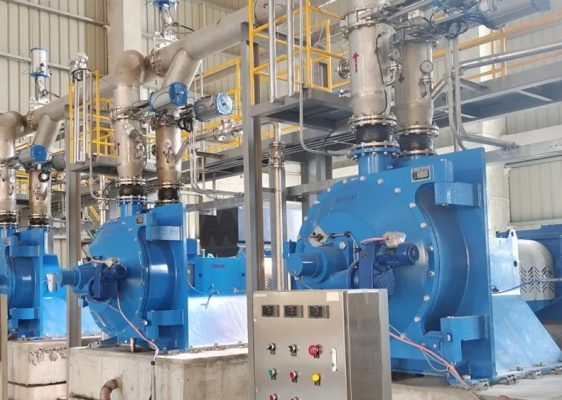 Vietnam Thuận An Paper PM8 Project
Vietnam Thuận An Paper PM8 Project
-
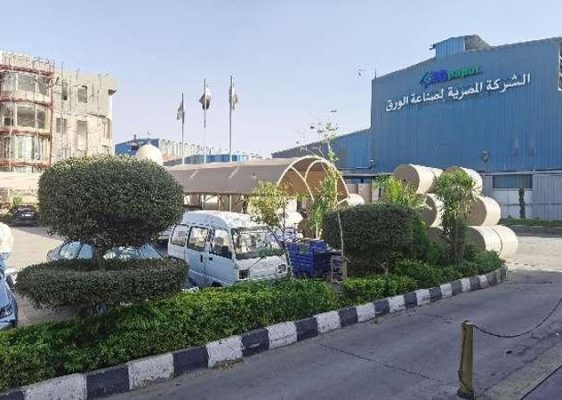 EG-Paper Packaging
EG-Paper Packaging
-
 400t/d Bamboo Fiber i-CTMP Project
400t/d Bamboo Fiber i-CTMP Project
-
 Guangxi Kebao ZDG425 Drum Pulper
Guangxi Kebao ZDG425 Drum Pulper
-
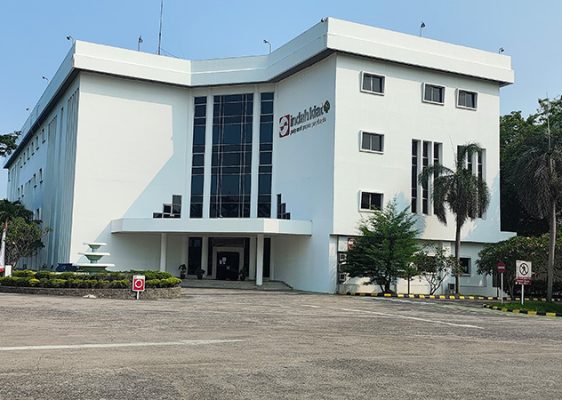 The Rebuild of IKPP OCC Line
The Rebuild of IKPP OCC Line
